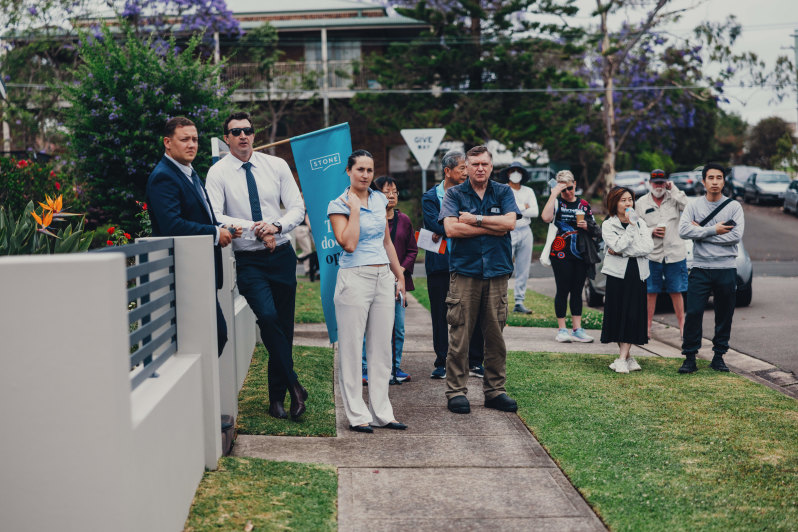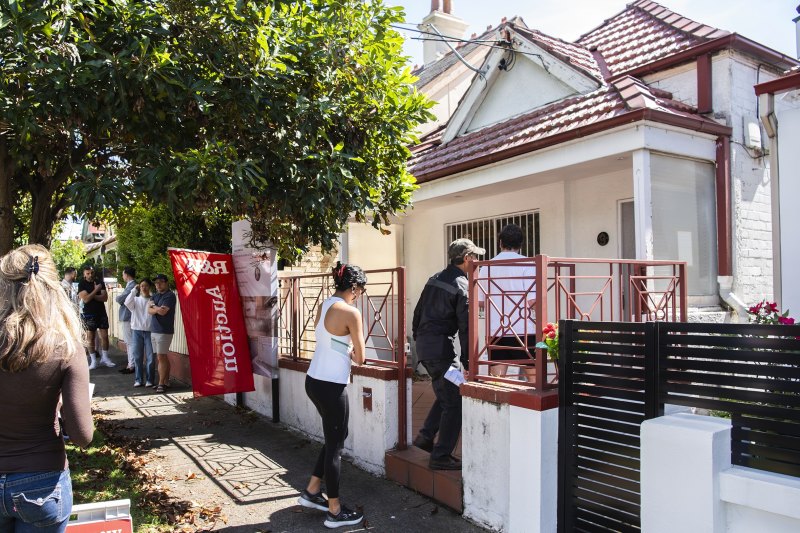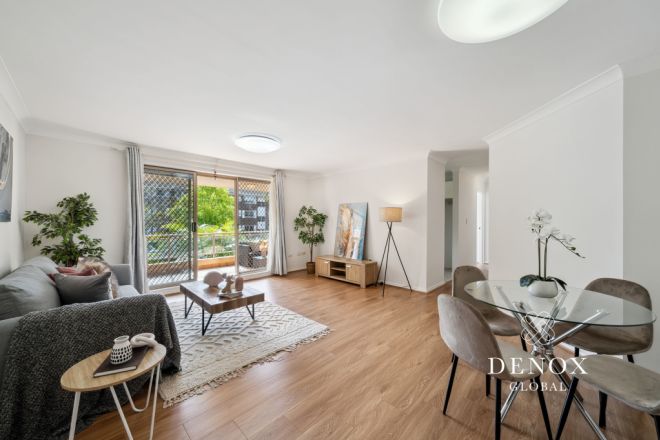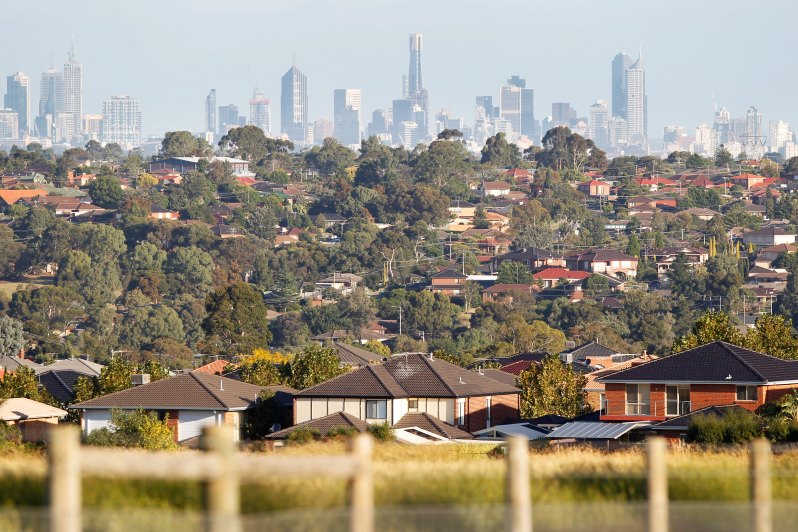Why foreign buyers are leaving Australia’s property market
The number of Australian homes bought by foreigners fell last year, as high stamp duty costs deter potential buyers.
The downturn reflects the government’s efforts to reduce foreign investment and cut migration, experts say.

The number of approved residential real estate investments by overseas buyers fell to 5581 in financial year 2024, down from 6576 in 2023 (15 per cent), figures from the Foreign Investment Review Board (FIRB) show.
The combined value of approved residential real estate proposals from Chinese and Hong Kong buyers (with China the largest foreign-buyer pool in Australia), dropped last financial year from $4 billion to $3 billion.
Property portal Juwai IQI co-founder and group managing director Daniel Ho said affordability has unexpectedly become an issue for foreign buyers here.
“Foreign buyers pay much more to purchase and to hold property in Australia than local residents and citizens,” Ho said.
“They have extra taxes, fees, and duties that local buyers don’t have to worry about.”
In Sydney, foreign buyers pay a one-off application fee, a stamp duty surcharge of 8 per cent and an annual land tax surcharge of 4 per cent.
Both components will increase to 9 per cent and 5 per cent, respectively, from next year.
Buyers who are not Australian citizens or permanent residents are restricted in the types of dwelling they can purchase. Foreign investors are limited to new dwellings or off-the-plan sales, to help boost Australia’s housing stock.

Temporary residents can apply for approval to buy an established home to live in for the duration of their stay, or can also buy an established home for redevelopment if it increases the housing stock.
Plus Agency managing director Peter Li said the higher fees and taxes compounded the cost of holding property in Australia as a foreigner.
“That’s pushing foreign buyers out of the market. Even if you could afford to buy it, you have to be able to afford to keep it, and that’s why people are selling,” Li said.
“Overseas purchasers are cash rich, so they have assets overseas – not just Chinese, I’m talking about Persian, Lebanese, Americans, British. Normally, they sell their assets [to buy in Australia]. So the mortgage is not a big concern … it’s the surcharges.”
He said foreign buyers have been declining since the introduction of fees and surcharges in 2017, especially in unit-heavy markets such as Sydney’s Chatswood and Burwood.
Li said they could once sell an entire development to foreign buyers before the introduction of the FIRB application fees and surcharges, but would now struggle to sell one in 10 to them.
Cuts to migration levels and increasing difficulties in qualifying for permanent residency were driving foreign buyers from Australian real estate, Li said, which he did not think would improve.
OH Property Group’s Henny Stier noted fewer foreign buyers in Sydney’s north and north shore.

“A lot of new builds and apartments in places like Epping have dropped … if they’re not buying, then local buyers are not buying them, so they’re sitting around on the market and prices are dropping,” Stier said.
It was more difficult to move cash from countries like China and Indonesia where there were strict limits on withdrawals, Stier said.
Stier added the Australian government’s attempts to disincentivise foreign investment were working.
In Melbourne, the top destination for Chinese buyer interest in Australia, foreign buyers face an 8 per cent stamp duty fee.

Director at Belle Property Balwyn Robert Ding said overseas buyers were delaying property purchases until they obtain permanent residency, when the increased stamp duty no longer applies.
“When someone’s paying $4 million to $5 million [for a property], it’s quite a hefty fee,” Ding said.
“What a lot of these foreign buyers do … is rent or even buy something of a less substantial value. Once they get permanent residency, which usually takes about four or five years, that’s when they start to buy properties.”
Ray White Balwyn director Helen Yan has noticed a downturn in Chinese buyers since the start of this year, when the federal government paused applications for the significant-investor visa which requires recipients to invest $5 million in Australia.
“That’s why the high-end property [market] has slowed down a lot,” Yan said.
AMP chief economist Shane Oliver said the number of foreigners buying in Australia has probably returned to pre-COVID levels following the post-pandemic housing boom.
“Foreign buying was quite weak through the pandemic years because of travel restrictions,” Oliver said. “That sort of slowed down through the pandemic, then there was a bounce back, and I suspect it’s now just settling down after that initial bounce back.
“There could also be some cooling associated with the backlash we’re seeing against foreign students, with student visa numbers down, which may have, to some degree, weighed on foreign purchases as well.”
We recommend
We thought you might like
States
Capital Cities
Capital Cities - Rentals
Popular Areas
Allhomes
More










